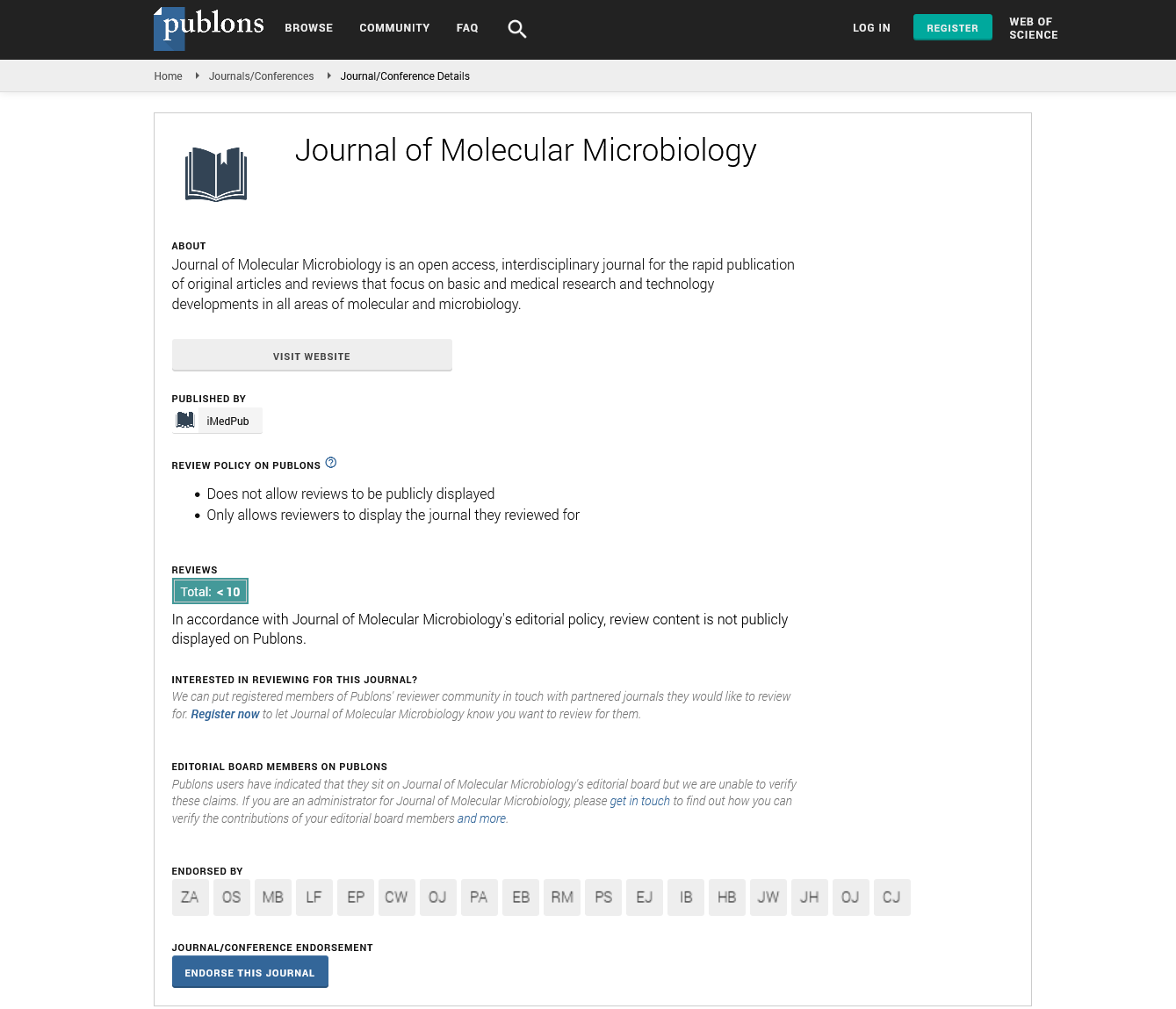Abstract
Assessment of predatory traits of Bdellovibrio bacteriovorus and Agromyces ramosus on clinical pathogenes Klebsiella pneumonie, Acinetobacter baumannii and Pseudomonas aeruginosa
Introduction Misuse of antibiotics has caused increase in drug-resistance among bacteria and this forced the researchers to find new strategies and tools to encounter the growing threat of public health at a global scale. And predatory bacteria are one of these options. Bdellovibrio bacteriovorus and Agromyces ramosus species are two examples of such predatory bacteria with traits proven on several clinical pathogens. Aims: The aim of the project was to assess the predatory abilities of predator bacteria Agromyces ramosus and Bdellovibrio bacteriovorus, against clinical pathogens, Klebsiella pneumoniae, Acinetobacter baumannii and Pseudomonas aeruginosa, isolated in Bezmialem Clinical Microbiology Laboratories. Method: Assay for B.bacteriovorus: For creating the control group, each pathogen K. pneumoniae, A. baumannii and P. aeruginosa, was cultivated one night before, and prepared in falcon tubes at OD (600)=1 in 10 ml HepesCa++Mg++ and incubated for 2 days. Bacteria were counted as CFU on LB agars before and after incubation by serial dilutions. Likewise, one sample of each pathogen was prepared in tubes at OD (600=1) in 10 ml HepesCa++Mg++. Each tube was mixed with 300µl of Bdellovibrio bacteriovorus which had been prepared in HepesCa++Mg++ with using E.coli as prey. Prepared B. bacteriovorus co-cultures also incubated for 2 days. After 2 days, pathogen bacteria numbers were counted as CFU on LB agars before and after incubation by serial dilutions. Assay for A.ramosus: For control group, one sample of each pathogen, K. pneumoniae, A. baumannii and P. aeruginosa, were cultivated in for 24 hr before, and prepared in falcon tubes at McFarland=0.5 in 10 ml Brain Heart Infusion buffer (BHI), and incubated for 2 days. Bacteria were counted as CFU on BHI agars before and after incubation by serial dilutions. Similarly, each pathogen was diluted to McFarland=0.5 in 10 ml BHI buffer and mixed with 2ml A. ramosus diluted to McFarland=0.5 in BHI buffer. A. ramosus co-cultures were also incubated for 2 days. After 2 days, the pathogens were counted as CFU on BHI agars before and after incubation by serial dilutions Result: B. bacteriovorus reduced all tested pathogen cell densities significantly (p< 0.005). However, no such effect was noticed against Klebsiella pneumoniae and Pseudomonas aeruginosa. Conclusion According to results, B. bacteriovorus could be considered as a predatory agent against Klebsiella pneumoniae, Acinetobacter baumannii and Pseudomonas aeruginosa alternative to antibiotics. Further research on the applicability of these predatory agents in actual clinical settings is needed. A. ramosus could potentially be a future antimicrobial agent against Acinetobacter baumannii infections. Further research is needed to establish the actual conditions of such application. Also, the reason behind the lack of observation for the predation of A. ramosus against K. pneumoniae and P. aeruginosa remains to be established. Overall, our study demonstrates that predatory bacterias Bdellovibrio bacteriovorus and Agromyces ramosus species could be one alternative to the antibiotics which are increasingly becoming useless in the war against multidrug resistant bacteria and this study indicates that this option deserves further investigations. Recent Publications: 1. Brussow H (2017) Infection therapy: the problem of drug resistance and possible solutions. Microb Biotechnol. 10(5):1041-1046. 2. Herencias C, Prieto M and Martínez V (2017) Determination of the predatory capability of Bdellovibrio bacteriovorus HD100. Bio-protocol 7(6):e2177.3. Shatzkes K, Singleton E, Tang C, Zuena M, Shukla S, Gupta S, Dharani S, Onyile O, Rinaggio J, Connell N D and Kadouri D E (2016) Predatory bacteria attenuate Klebsiella pneumoniae burden in rat lungs. M Bio. 7(6):pii:e01847-16. 4. Lambert C, Smith M C and Sockett R E (2003) A novel assay to monitor predator-prey interactions for Bdellovibrio bacteriovorus 109 J reveals a role for methyl-accepting chemotaxis proteins in predation. Environ Microbiol 5(2):127- 132. 5. Casida L E Jr (1983) Interaction of Agromyces ramosus with other bacteria in soil. Appl Environ Microbiol 46(4):881-888. Biography: Ahmet Volkan Kurtoglu is pursuing his Medicine at Bezmialem Vakif University. He has a special interest on infection diseases and predatory bacterias, which is an effective alternative to antibiotic therapies for challenging with drug resistance. He has worked on predatory bacterias for two years both in Bezmialem Vakif University clinics and Beykoz Institute of Life Sciences and Biotechnology (BILSAB) under the mentorship of Prof. Dr. Mehmet Ziya Doymaz. His methodology of the experiment was based on the method created by Prof. Elizabeth Sockett. The study indicates the importance of predatory bacterias and is one of the projects done in this restricted area
Author(s): Ahmet Volkan Kurtoglu, Elif Karaaslan and Mehmet Ziya Doymaz
Abstract | PDF
Share This Article
Google Scholar citation report
Citations : 86
Journal of Molecular Microbiology received 86 citations as per Google Scholar report
Journal of Molecular Microbiology peer review process verified at publons
Abstracted/Indexed in
- Google Scholar
- Publons
Open Access Journals
- Aquaculture & Veterinary Science
- Chemistry & Chemical Sciences
- Clinical Sciences
- Engineering
- General Science
- Genetics & Molecular Biology
- Health Care & Nursing
- Immunology & Microbiology
- Materials Science
- Mathematics & Physics
- Medical Sciences
- Neurology & Psychiatry
- Oncology & Cancer Science
- Pharmaceutical Sciences
